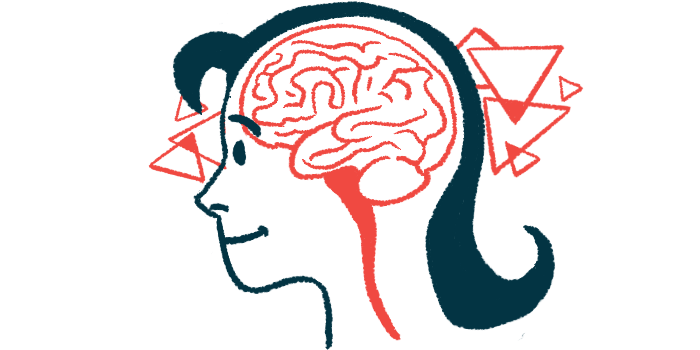Misdiagnoses common in patients with first symptoms in brainstem
These patients also have higher rates of relapse, according to study in China
Written by |

Neuromyelitis optica spectrum disorder (NMOSD) patients whose first symptoms affect the brainstem, which is the bottommost part of the brain, are frequently misdiagnosed and experience higher rates of relapses, according to a two-center study in China.
Data also showed about half of these patients initially experienced uncontrollable nausea, vomiting, and/or hiccups, a condition referred to as area postrema syndrome. When it appears as the first symptom of NMOSD, the condition can delay diagnosis and be associated with a higher risk of relapse, previous studies have shown.
These findings help to shed more light on the potential early symptoms of NMOSD, which may help improve diagnosis of this rare autoimmune disease.
The study, “Neuromyelitis optica spectrum disorder with acute brainstem manifestations as initial symptoms,” was published in Heliyon. The work was funded by the National Natural Science Foundation of China.
NMOSD typically affects optic nerves, spinal cord
NMOSD is marked by damage in the central nervous system (the brain and spinal cord), most often caused by the production of self-reactive antibodies against the AQP4 protein. Typically, NMOSD affects the optic nerves, which connect the eyes to the brain, and/or the spinal cord.
However, the disease can also affect the brainstem, a stalk-like structure that sits at the base of the brain, connecting it to the spinal cord. The brainstem is important for regulating processes like breathing, heartbeat, and balance.
“Although brainstem lesions in NMOSD patients have been widely reported, few studies have focused on the clinical characteristics and misdiagnosis rate of patients with NMOSD with acute brainstem manifestations as initial symptoms,” the researchers wrote.
With this in mind, a quartet of scientists in China performed detailed analyses of people with NMOSD that initially affected their brainstems. Their goal was to evaluate the typical clinical journey for these patients and compare their experiences with those in whom NMOSD initially affected other parts of the nervous system.
The analysis included a total of 283 people diagnosed with NMOSD at one of two centers in China. Among them, 52 (18.37%) initially had brainstem involvement.
Most of the patients were female (78.85%) and tested positive for anti-AQP4 antibodies (81.63%), and their age at symptom onset ranged from 12 to 87 years. The most commonly affected brainstem region was the area postrema, in which damage leads to area postrema syndrome.
Uncontrollable nausea, vomiting most common initial symptoms in patients
The most common initial symptoms seen in these patients were uncontrollable nausea and vomiting (40.38%), followed by uncontrollable hiccups (23.08%), double vision (19.23%), vertigo (15.38%), headache (13.46%), and numbness in the face and/or limbs (13.46% each).
The clinical records of patients with initial brainstem involvement showed nearly half (46.15%) had been misdiagnosed with another disorder early on in their clinical journey.
When analyzing potential predictors of misdiagnosis, the researchers found misdiagnosed patients were significantly older and had been seen first at a non-neurological department significantly more often than those with a correct diagnosis.
“Misdiagnosis of [NMOSD with initial brainstem manifestations] is common at the early stage of the disease, and it is more likely to occur when patients are older and initially admitted to a nonneurological department,” the researchers wrote.
Patients with initial brainstem symptoms were followed for a median of 3.5 years, while those without such early symptoms were followed for a median of four years.
When comparing outcomes between these two groups, the team found patients with initial brainstem involvement had significantly higher annual rates of relapses. However, at last follow-up, both groups showed comparable proportions of patients with severe disability that affected full daily activities.
Based on these findings, the scientists highlighted the importance of brain MRIs and tests for anti-AQP4 antibody levels for diagnosing NMOSD in patients with initial signs and symptoms of brainstem involvement. Getting a proper diagnosis as soon as possible can help ensure patients receive appropriate care to minimize relapses, the researchers wrote.







